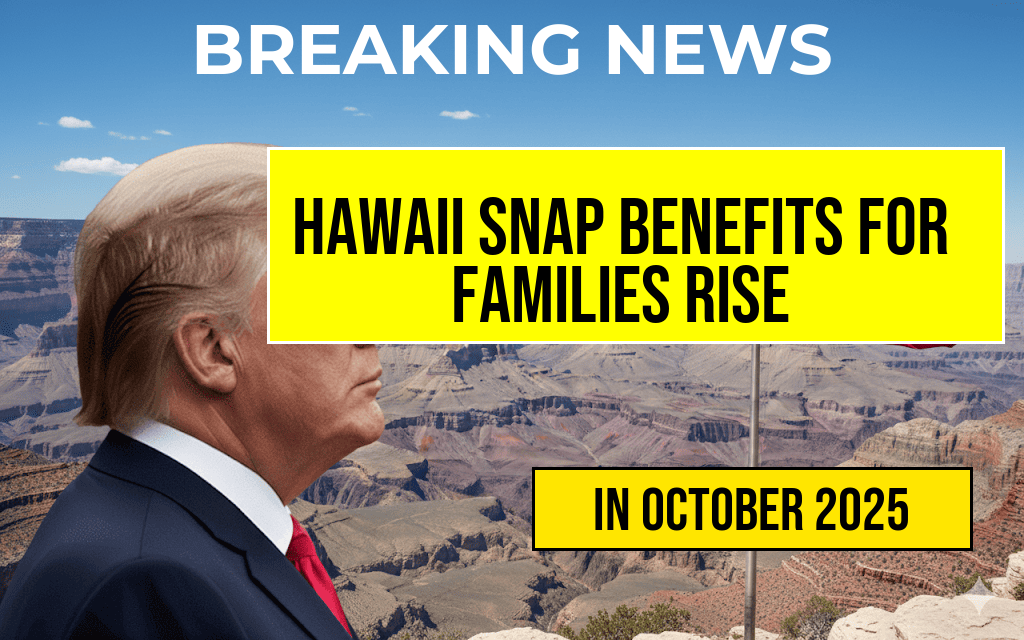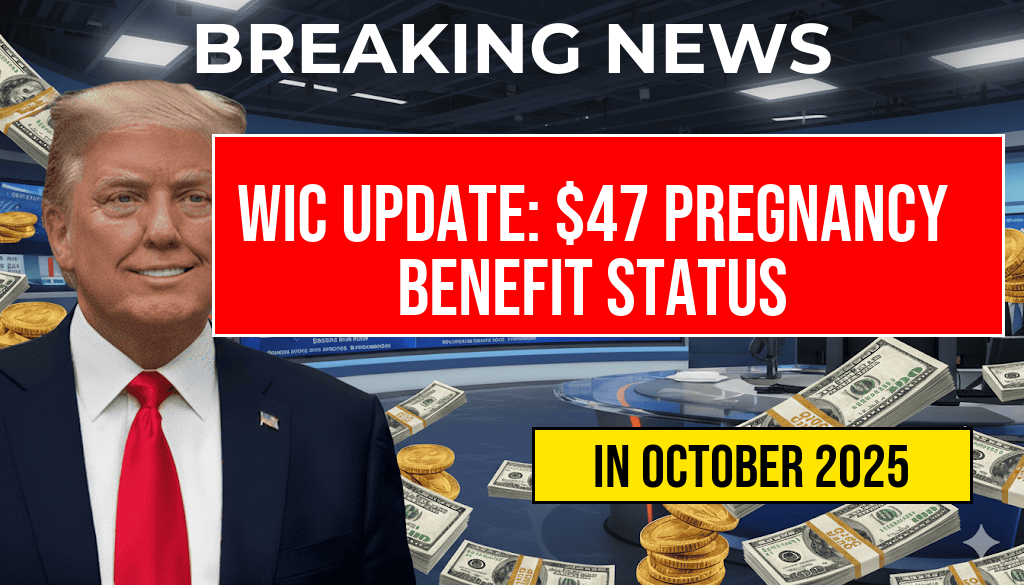Hawaii’s Supplemental Nutrition Assistance Program (SNAP) benefits for a family of three have reached an unprecedented $1,334 per month, marking a significant increase of $349 compared to the average benefits in mainland states. This adjustment aims to address the unique cost of living in Hawaii, where food prices and housing costs are substantially higher than on the continental U.S. The increase has sparked discussions among policymakers, advocates, and residents about food security and the economic challenges faced by many families in the islands.
Understanding SNAP Benefits in Hawaii
The SNAP program, previously known as food stamps, is a federal assistance program designed to help low-income families afford nutritious food. In Hawaii, the program has evolved to accommodate the state’s distinctive economic landscape. The recent increase in benefits reflects ongoing efforts to ensure that families can meet their dietary needs amidst rising prices.
Current Benefit Structure
As of this month, the breakdown of SNAP benefits for different family sizes in Hawaii is as follows:
| Family Size | Monthly Benefit |
|---|---|
| 1 | $903 |
| 2 | $1,225 |
| 3 | $1,334 |
| 4 | $1,580 |
Comparison to Mainland States
In contrast, the average SNAP benefit for a family of three on the mainland is approximately $985. This disparity highlights the challenges faced by Hawaiian residents, as they navigate a high-cost environment. Factors contributing to these elevated costs include:
- Geographic Isolation: Hawaii’s remote location leads to increased shipping fees for food and goods.
- High Housing Costs: The state’s housing market consistently ranks among the most expensive in the U.S.
- Limited Agriculture: Local food production is often insufficient to meet demand, leading to reliance on imported goods.
Impact on Families and Communities
The increase in SNAP benefits is a welcome relief for many families struggling to make ends meet. According to the Hawaii Department of Human Services, approximately 177,000 residents, or about 12% of the state’s population, rely on SNAP assistance. For these families, the additional funds can make a significant difference in their ability to purchase healthy food options.
Advocates emphasize the importance of adequate nutrition for children and families, arguing that sufficient SNAP benefits can lead to improved health outcomes and educational performance. Additionally, the local economy benefits from increased spending as families use their benefits at grocery stores and farmers’ markets throughout the islands.
Policy Considerations
While the increase in SNAP benefits addresses immediate food security concerns, it also raises questions about long-term solutions for Hawaii’s economic challenges. Policymakers are encouraged to explore a variety of strategies, such as:
- Supporting Local Agriculture: Investing in local farming initiatives to reduce dependence on imports.
- Affordable Housing Initiatives: Creating more accessible housing options to alleviate financial burdens.
- Job Training Programs: Enhancing workforce development to improve employment opportunities for residents.
Conclusion: A Step Towards Food Security
The adjustment of SNAP benefits in Hawaii represents a crucial step toward addressing food insecurity in the state. As discussions continue regarding the broader economic landscape, the focus remains on ensuring that all families have access to the resources they need for a healthy and stable life. For more information on SNAP benefits and eligibility, visit USDA’s SNAP page or explore the Wikipedia entry on SNAP.
Frequently Asked Questions
What are SNAP benefits in Hawaii?
SNAP benefits, or the Supplemental Nutrition Assistance Program, provide financial assistance to low-income families to help them purchase food. In Hawaii, these benefits are higher compared to many Mainland states.
How much are SNAP benefits for a family of three in Hawaii?
For a family of three in Hawaii, SNAP benefits can reach up to $1,334, which is $349 higher than the average amount received by similar families in the Mainland.
Why are Hawaii’s SNAP benefits higher than those in Mainland states?
The higher SNAP benefits in Hawaii are attributed to the cost of living, which is significantly greater than in many parts of the Mainland, necessitating more financial support for families to purchase food.
How can families apply for SNAP benefits in Hawaii?
Families can apply for SNAP benefits in Hawaii through the Department of Human Services website or by visiting local offices. Applications can often be submitted online for convenience.
Are there any eligibility requirements for SNAP benefits in Hawaii?
Yes, to qualify for SNAP benefits in Hawaii, families must meet certain income and resource criteria, which are designed to ensure that assistance is provided to those who need it most.






